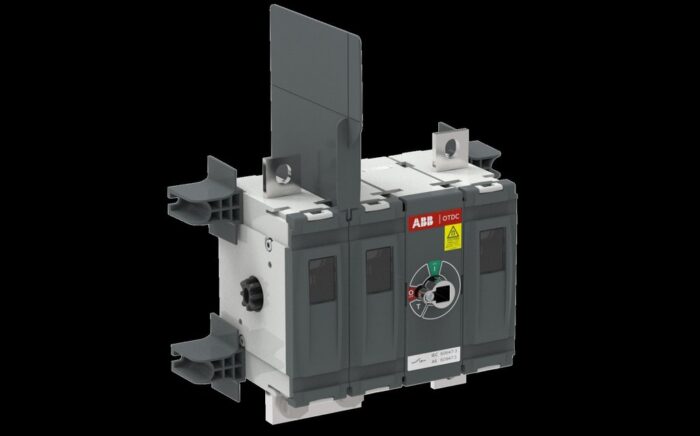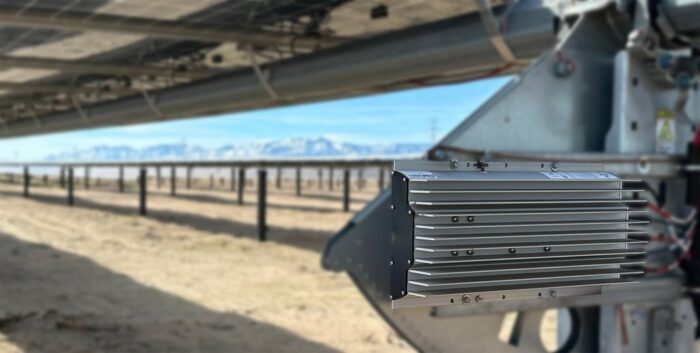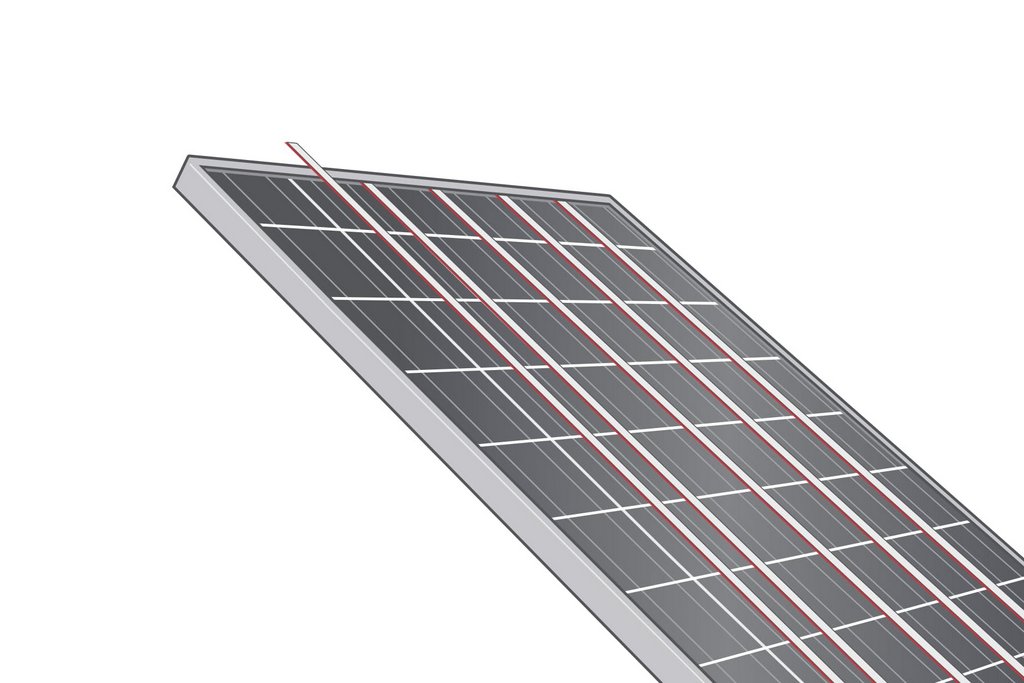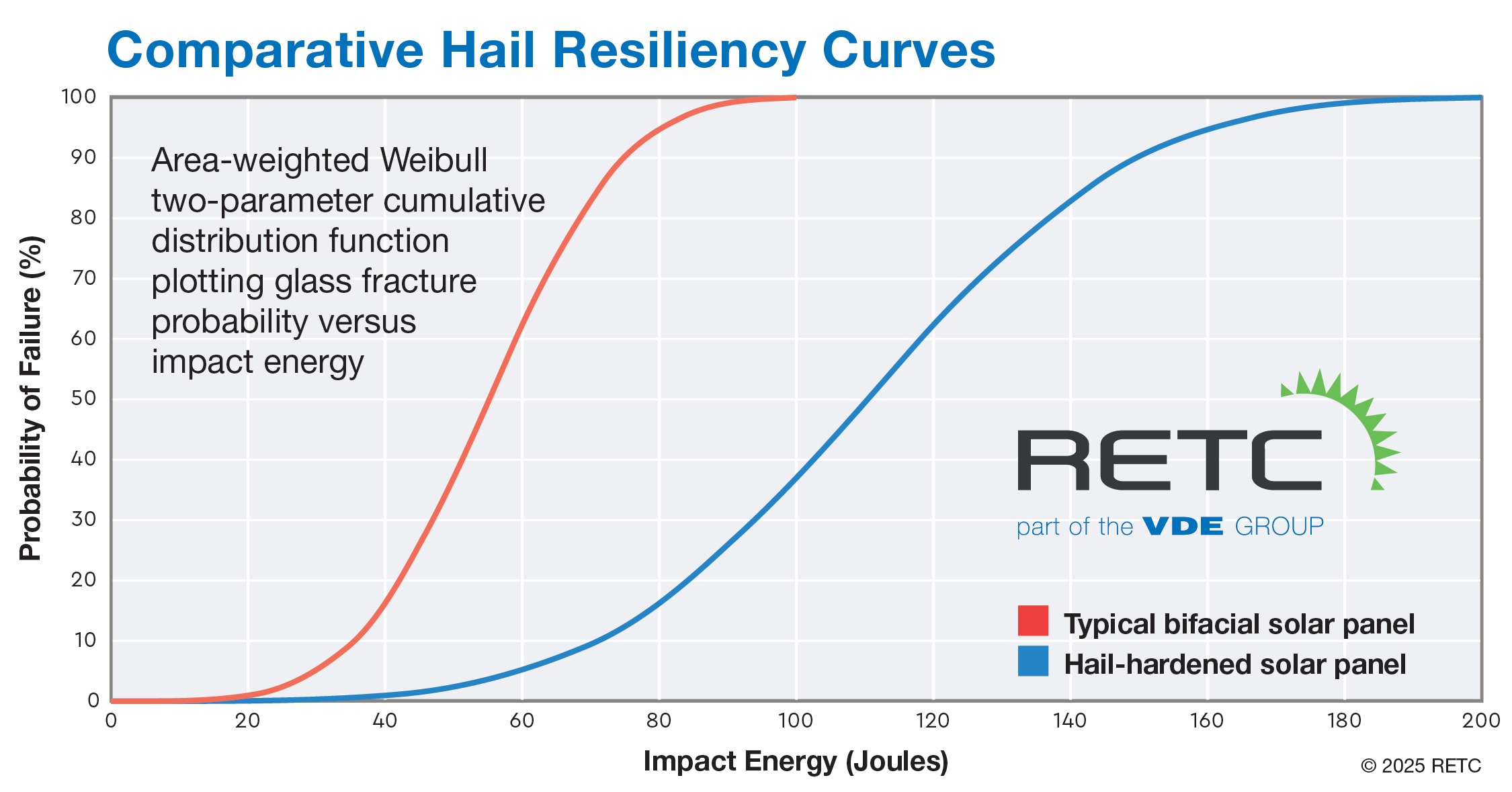Next-gen solar eBOS: ABB debuts 2000V switch-disconnector, and Ampt optimizers power AI data center
As solar projects scale up to meet rising energy demands—especially from data centers and long-duration storage—electrical balance of system (eBOS) innovations are becoming critical. Two recent product launches from ABB and Ampt reflect this shift, offering utility-scale developers new tools to cut costs, boost reliability, and better serve high-performance markets like California.
ABB’s 2000V switch-disconnector earns industry-first UL98B certification

ABB announced it is the first manufacturer in the renewable energy industry to earn UL98B certification for a 2000V switch-disconnector. The milestone certifies ABB’s OTDC three-pole DC switch-disconnector for use in 2000V photovoltaic power systems—marking a significant step in the utility-scale solar sector’s long-anticipated transition from 1500V to 2000V system architecture.
This certification comes just as 2000V modules, inverters, and other components begin to hit the market. UL-listed switches are required for full system certification and safety compliance, and their absence had created bottlenecks for combiner box manufacturers. ABB’s solution helps remove that constraint.
“Our customers have been clear: UL certification is the first step many require to ensure product and project compatibility,” said Brian Nelson, Renewables Segment Leader at ABB. “Achieving this milestone removes a major barrier and reaffirms ABB as the enabler for the next generation of more efficient, cost-effective solar installations.”
ABB says its 2000V solution could reduce eBOS costs by up to 15% through faster installation and fewer components. Higher string voltages also improve energy yield and reduce total system costs for EPCs and asset owners. S&P Global forecasts 2000V systems will grow from under 5 GW in 2026 to 380 GW by 2030, comprising over three-quarters of global utility-scale projects by the end of the decade.
Ampt optimizers support California solar + storage project powering AI data center

Meanwhile, Ampt announced its String Optimizers are powering a new 65 MW solar project with a 25 MW / 100 MWh (4-hour) DC-coupled battery system in the California ISO territory. The plant provides clean, firmed power to multiple offtakers via PPA—including a large artificial intelligence data center, one of the fastest-growing sources of U.S. electricity demand.
The system uses machine learning to optimize dispatch and grid interaction, and Ampt’s DC/DC optimizers deliver the stable voltage required by both batteries and the sensitive loads of high-performance computing systems.
“By leveraging Ampt technology, our customers are tackling a major challenge for both renewable energy and data centers—ensuring stable, high-quality power in one of the most demanding energy environments,” said Aaron Gomolak, CEO of Ampt.
Ampt optimizers help maximize PV output while minimizing voltage fluctuations caused by soiling, shading, or cloud cover—fluctuations that can disrupt AI training models operating on millisecond timescales.
“By operating on the DC side, Ampt’s technology enhances overall efficiency while lowering total system costs to make renewable energy a viable and resilient option for high-performance computing environments,” added Mary Adam, VP of Global Sales at Ampt.
With 134 GW of proposed data centers now being tracked across the U.S. (up from just 50 GW last year, per Wood Mackenzie), power-hungry AI and cloud computing applications are rapidly becoming a core customer base for utility-scale solar + storage systems. These two innovations—ABB’s 2000V switch and Ampt’s optimizers—highlight how component-level design is evolving to meet that demand.





Hi business owner,
Want to outrank your competitors without risking penalties?
I build safe backlink systems that rank. Trusted by local businesses across niches.
Get high authority backlinks delivered via safe scheduling—no spam, no fluff.
Check out my Fiverr gig: https://www.fiverr.com/s/qD05352
Want a free backlink audit?.